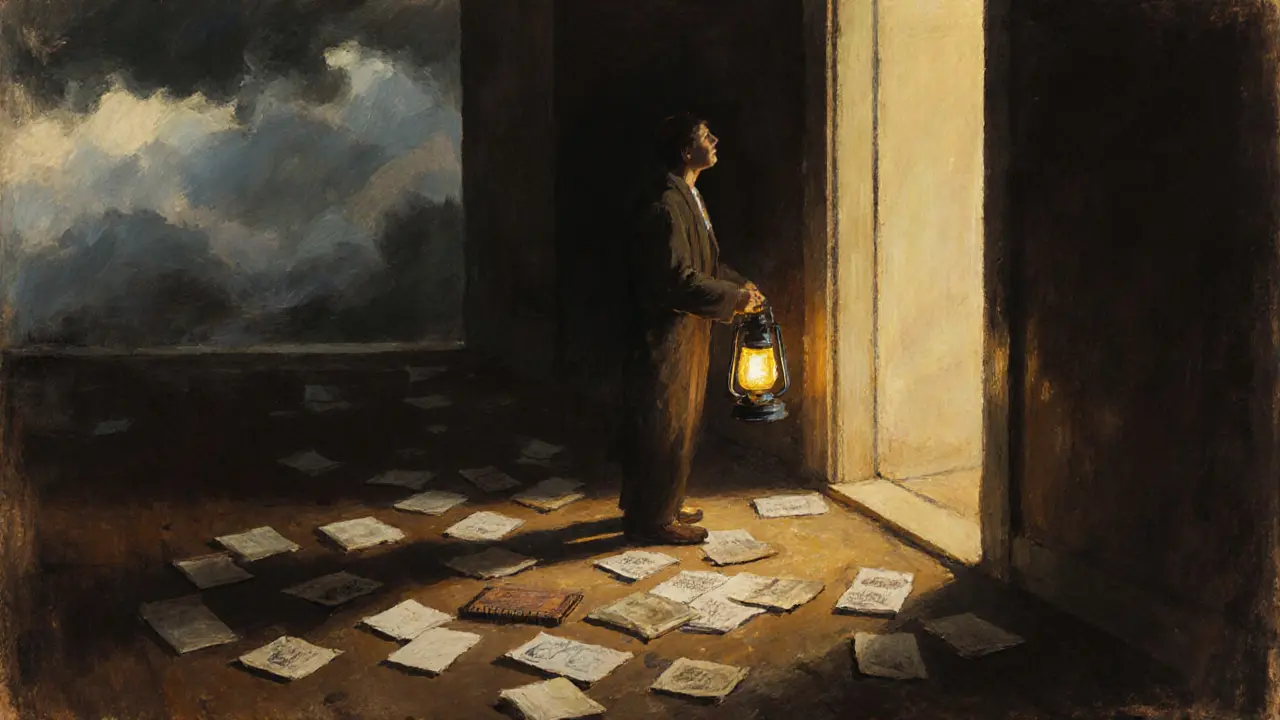Třetí sezení v psychoterapii: Co se děje a jak se připravit
When you reach your třetí sezení, the third session in psychotherapy where initial defenses soften and real work begins. Also known as the turning point, it’s when the safety of the first two meetings starts to make space for something deeper. Many people expect therapy to feel like a breakthrough right away, but the third session is often where the real shift happens — not because something dramatic occurred, but because you finally stopped pretending.
This is when the terapeutická aliance, the trusting bond between client and therapist that makes change possible stops being polite and starts being real. You might notice you’re talking more honestly — about fears you didn’t want to admit, about patterns you keep repeating, or even about how you feel toward your therapist. That’s not a problem. That’s the point. Research shows that the strength of this relationship predicts therapy success more than any technique used. If you’re feeling awkward, frustrated, or even disappointed after the third session, you’re not doing it wrong. You’re doing it right.
The délka terapie, how long therapy lasts based on the issue, goals, and personal pace often starts to become clearer around now. Some people think therapy means years of weekly sessions, but for many, the real work happens in the first 6–12 meetings. The third session helps you see whether this path feels like it’s leading somewhere meaningful — not because you’re fixed, but because you’re starting to understand yourself better. If you’ve been holding back because you thought you needed to be "ready," you’re already there. You showed up. Three times.
Co se obvykle děje na třetím sezení?
It’s not about big revelations. It’s about small cracks in the armor. Maybe you mentioned a childhood memory you hadn’t thought about in years. Maybe you cried without realizing why. Maybe you got angry — not at your therapist, but at yourself for not being "stronger." That’s progress. The first session is about survival. The second is about testing if the therapist is safe. The third? That’s when you start to risk being seen.
Some people feel worse after the third session. That’s normal. You’ve stopped numbing. You’ve stopped distracting. The weight you’ve carried quietly is now sitting in the room with you. Your therapist isn’t fixing it yet. They’re just sitting with you while you notice it. That’s the work. And it’s messy. And it’s human.
If you’ve been comparing your progress to someone else’s story online — stop. Therapy isn’t a race. It’s not about how fast you heal. It’s about how honestly you show up. The third session is where the myth of "quick fixes" dies. And where real change begins.
What you’ll find in the posts below are real stories from people who reached this point — whether they were struggling with anxiety, trauma, relationship patterns, or just feeling stuck. You’ll see how others handled the awkwardness, the doubts, the moments when they wanted to quit. And you’ll find practical advice on how to make the most of this fragile, powerful stage — because your third session isn’t just another appointment. It’s the moment your healing stops being theoretical and starts being real.
5
lisCo můžete očekávat od druhého a třetího sezení psychoterapie
Druhé a třetí sezení psychoterapie nejsou o řešení problémů, ale o tom, jak začít vidět jejich kořeny. Někdo se cítí lépe, jiný hůř - obě reakce jsou normální. Terapie funguje v hloubce, ne v rychlosti.
ČÍST VÍCE